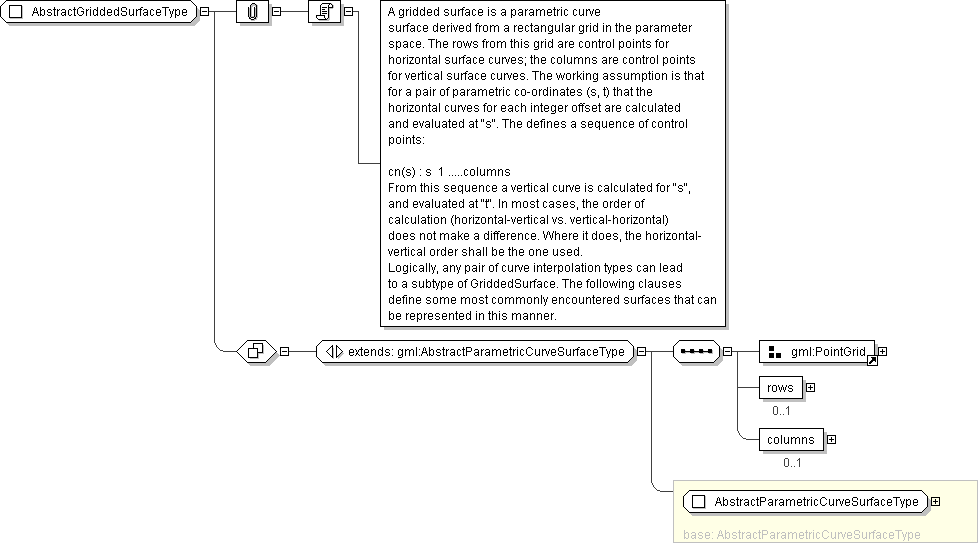| Documentation |
A gridded surface is a parametric curve
surface derived from a rectangular grid in the parameter
space. The rows from this grid are control points for
horizontal surface curves; the columns are control points
for vertical surface curves. The working assumption is that
for a pair of parametric co-ordinates (s, t) that the
horizontal curves for each integer offset are calculated
and evaluated at "s". The defines a sequence of control
points:
cn(s) : s 1 .....columns
From this sequence a vertical curve is calculated for "s",
and evaluated at "t". In most cases, the order of
calculation (horizontal-vertical vs. vertical-horizontal)
does not make a difference. Where it does, the horizontal-
vertical order shall be the one used.
Logically, any pair of curve interpolation types can lead
to a subtype of GriddedSurface. The following clauses
define some most commonly encountered surfaces that can
be represented in this manner. |

